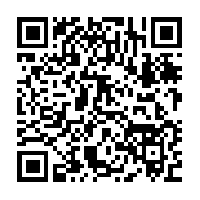You can also download free QR Code creation software which allows you to type in a message or URL and have it translated instantly into a code which can be printed / displayed as you wish.
In the work world, QR codes attached to controls on a machine can provide just-in-time reminders about their function, or take the viewer directly to an online manual. A QR code imbedded in, for instance, a safety poster can launch a short video demonstration of a first-aid procedure or evacuation route.
I read recently that some firms use QR codes in new employee orientation. As newcomers tour the workplace, they encounter QR codes at key locations that provide information about departments, equipment, procedures, people, and fun-to-know facts about the organization.
Clearly, the applications are almost limitless. They certainly present an innovative tool for formal – and informal – training uses.

